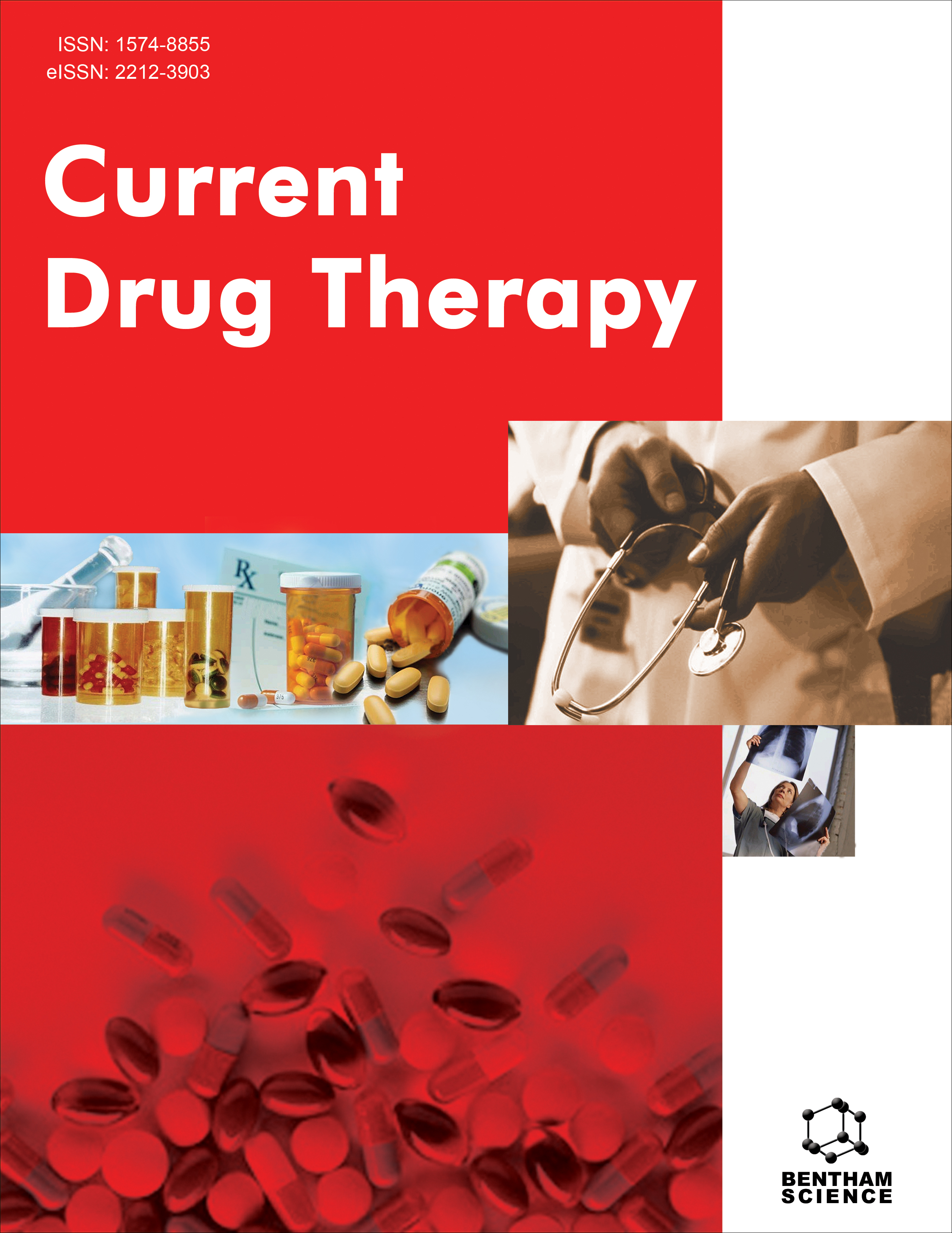
Full text loading...
We use cookies to track usage and preferences.I Understand
Parkinson’s disease (PD) is a prominent area of study within the field of neurology, particularly neurodegenerative disease (ND). The peak incidence of PD occurs in those over the age of 45, and the disease’s prevalence rises continuously with age, the incidence of PD has skyrocketed over the world. A slow decline in neural function characterizes NDs, but the pathophysiological mechanisms behind this decline remain elusive. Because the pathophysiological mechanisms behind neurodegeneration are intricate, the clinical issue of finding efficient, multi-target treatments still exists. Furthermore, adequate neuroprotective medicines are currently scarce, necessitating the development of new therapeutic agents. There is currently no medicine for PD that is without side effects. The ability of natural flavonoids to lower the risk of PD has contributed to an increase in their popularity in recent years, models both in vivo and in vitro. Flavonoids are multi-target natural substances that affect distinct pathogenic pathways in neurodegeneration. As a result, the emphasis has turned to discovering natural product inhibitors for the treatment of PD. The majority of the results pointed to flavonoids' beneficial role in the treatment of PD and no adverse events were reported. This review offered scientific data on the protective and preventative functions of flavonoids. It has been demonstrated that flavonoids have a neuroprotective effect by activating anti-apoptotic mechanisms that target mitochondrial dysfunction and produce neurotrophic factors. In addition to having antioxidant, anti-inflammatory, and protective dopaminergic neurons. Even though no evidence using flavonoids as a treatment might reverse the abnormal phenotypes of PD patients, it was also indicated that flavonoids might be promising natural remedies for PD prevention and could be used as therapeutic agents against PD.

Article metrics loading...

Full text loading...
References


Data & Media loading...

